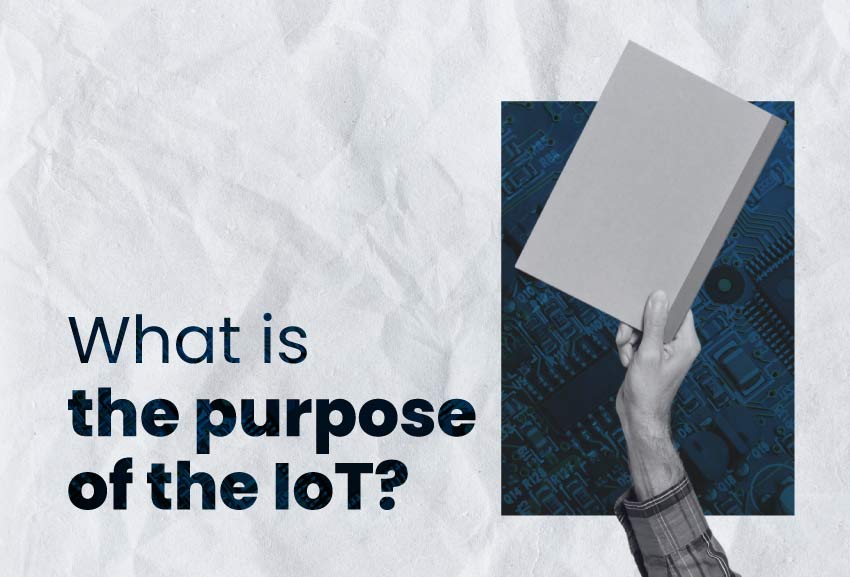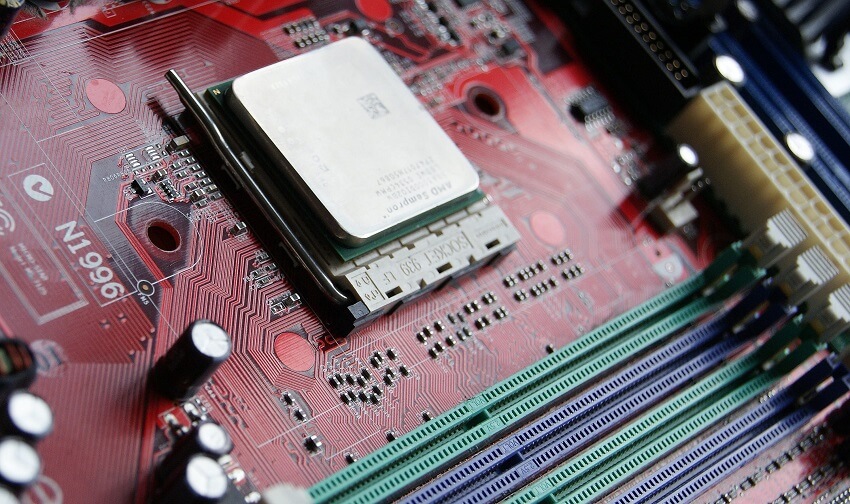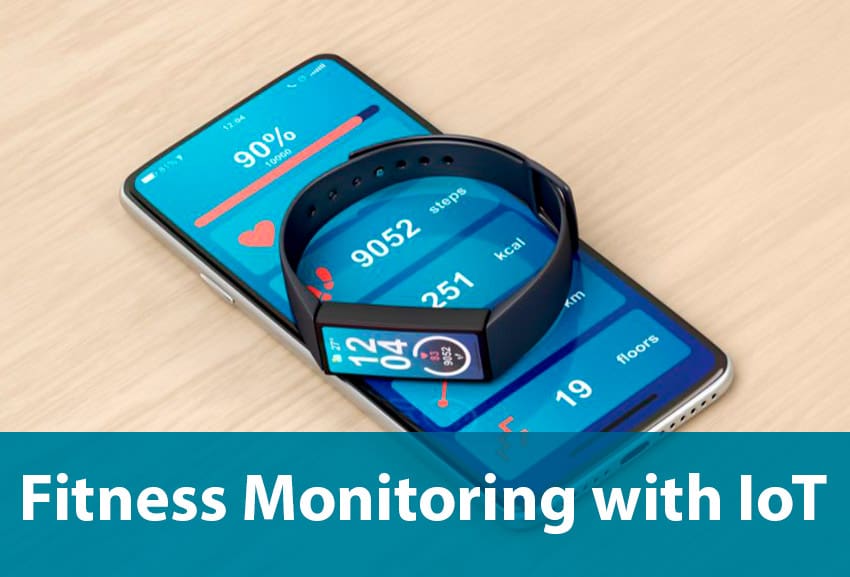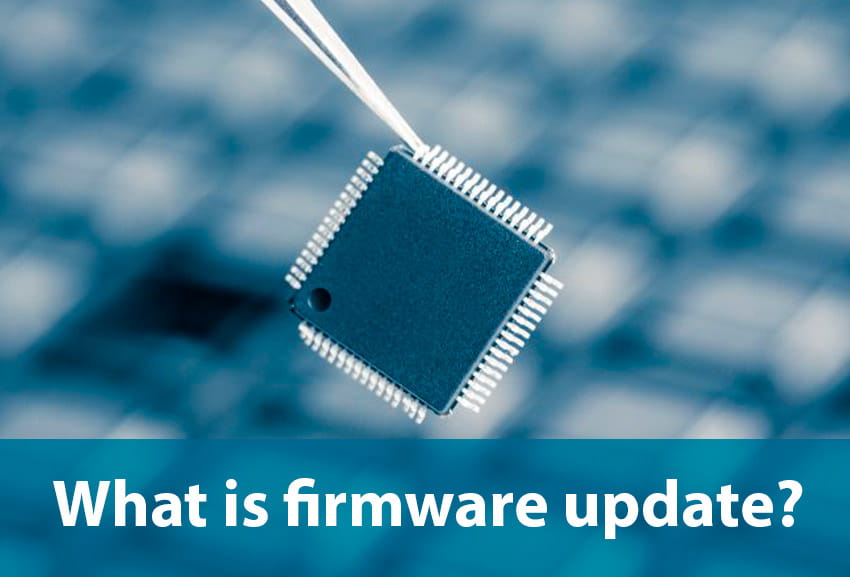The Internet of Things is entering almost every market you can imagine. However, not everyone completely understands the IoT purpose. Let’s see here what it is.
The main purpose of IoT is to connect any device and object to the internet, allowing them to collect and share information, and to be remotely monitored and controlled.
Among the Internet of Things objectives, there is one IoT purpose that stands out, it is to create a network of connected devices. Also it involves the integration of applications or systems that can be used to monitor, automate, and control tasks, industrial operations, and improve efficiency.
What is special about the Internet of Things?
They are more accessible today than years before, and now you can even see a lot of new IoT devices examples out there. What is so special about IoT devices that many companies and startups are hiring IoT product development services?
Automation
The Internet of Things facilitates automation of tasks and processes, reducing the need for human intervention. This is attractive especially because people need to optimize time nowadays.
You can for example program your smart home system to turn on the lights at specific times of the night to scare potential robbers from breaking into your house.
The purpose here is to make users feel safe when technology is in charge of their belongings.
Monitoring and control
One of the most interesting aspects of using IoT technologies is the capacity to understand how processes and tasks are working out. For example, a logistics company can track in real time the location of their trucks and the status of their packages.
Thanks to IoT, delivery companies can monitor their routes, and make changes according to the conditions of the road.
They can’t afford to lose time, so they need to constantly have control on the delivery times promised to the clients.
Analytics
Having sensors and devices installed in different places makes it possible to analyze different aspects. People and companies want to be able to measure temperature levels, moisture, air quality, humidity, motion, energy consumption.
Through IoT devices, this is a possibility, and this is another way users gain a lot of insights for making decisions in their lives.
You may be interested in these articles related to IoT





